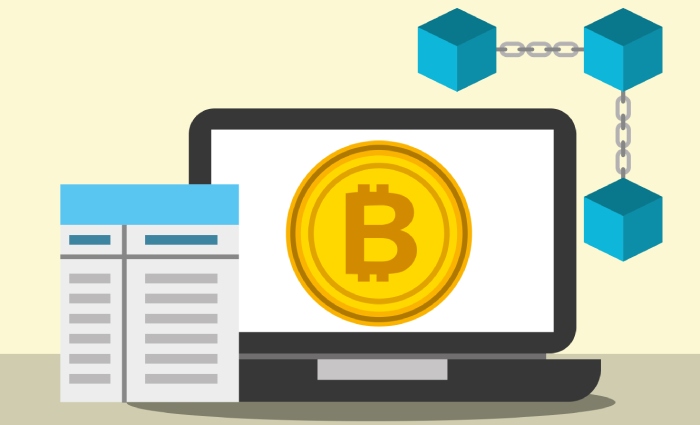10 Reasons Why DKIM Fails

DomainKeys Identified Mail (DKIM) is a digital authentication system used to verify the origin of email messages. DKIM protects email receivers from spam and phishing scams through email spoofing. When using DKIM, the receiver can confirm that the message was sent by the domain listed in the DKIM signature. If DKIM fails, the email receiver will not be able to verify the origin of the message and may mark the message as spam or a phishing attempt.
Why Does DKIM Fail?
There are several reasons why DKIM can fail. Anything can go wrong with the DNS record that can prevent DKIM from working correctly. For example, if the DKIM-Signature record is not included in the DNS or is not formatted correctly, DKIM will not work. Below are the top ten reasons for DKIM failure:
DNS Records Aren’t Set Up Properly
DomainKeys Identified Mail (DKIM) is a way to verify the identity of the sender of an email by adding a signature to the email that is cryptographically linked to the domain name from which the email was sent. However, DKIM can fail if the DNS records aren’t set up correctly. For DKIM to work, the DNS record for the sending domain must include a unique “DKIM-Signature” record.

Incorrect Sender ID
The Sender ID checker uses the SPF record to determine if the message is spoofed. If the email doesn’t have an SPF record, or if the SPF record doesn’t include the sender’s domain, the Sender ID checker returns a failure. Therefore, your sender’s domain must be present in the SPF record to prevent the DKIM from failing because of an incorrect Sender ID.
The Message Has Got Tampered or Contents Altered
A typical attack against DKIM is to tamper with the message to invalidate the signature. It can happen when anyone changes the content or removes or adds headers. If the attacker can get the message to pass through the verification process, they can successfully spoof the sender’s identity. Therefore, it is essential to use a strong DKIM signature and carefully check the message for any changes to prevent such an occurrence.
Invalid Signature
One of the top reasons DKIM fails is an invalid signature. The email will not be authenticated with an invalid signature. To prevent this error, check the signature validity before sending the email.
Key Management
Another top reason DKIM fails is the key management. If the keys are not managed correctly, the email will not be authenticated. To prevent this situation, handle the keys correctly and keep them updated.
Unauthorized Sender
If the sender is not authorized, the email will not get authenticated. Ensure that emails are from trusted senders as per the records to prevent this error.
Invalid Domain
The domain name used in the DKIM signature must be valid and resolvable. If the domain is invalid or not configured correctly, the DKIM signature will not work, and the email will not pass authentication.
Invalid Signing Key
A common reason for DKIM failure is an invalid signing key. The key must be of the right type (RSA) and have the correct length. You must also store it in the correct location. i.e., the private key should be stored on the server, and the public key should be published in the DNS. If any one of the conditions is not met, DKIM will fail.
It is essential to ensure that the signing key is set up correctly to prevent it. You should generate the key using a robust algorithm and store it in a secure location. Never share the private key with anyone other than the person responsible for signing email messages.
Failed DNS Lookups

Despite being a widely used email authentication standard, DKIM is not without its flaws. One of the most common problems is failed DNS lookups, preventing the DKIM signature from getting verified. Several factors can cause this situation, including errors in DNS configuration, temporary network outages, and malicious attacks.
One way to help prevent failed DNS lookups is to use a third-party DNS service. These services offer easy-to-use tools that help you manage your DNS queries.
Sender Policy Mismatch
If the SPF records for a domain claim that a mail server can only send emails from a specific IP address range, but a message is sent from a different IP address, the DKIM signature for that message will fail. To prevent this occurrence, make sure your SPF record correctly identifies all the mail servers allowed to dispatch email on behalf of your domain.
Final Words
DKIM is an integral part of email authentication and helps prevent spoofing and phishing. However, it is not infallible and can sometimes fail. The above discussion showed the top 10 reasons why DKIM might not work correctly for your email messages. You must have a thorough understanding and awareness of such situations and take precautions to avoid such errors for DKIM to function as intended.






